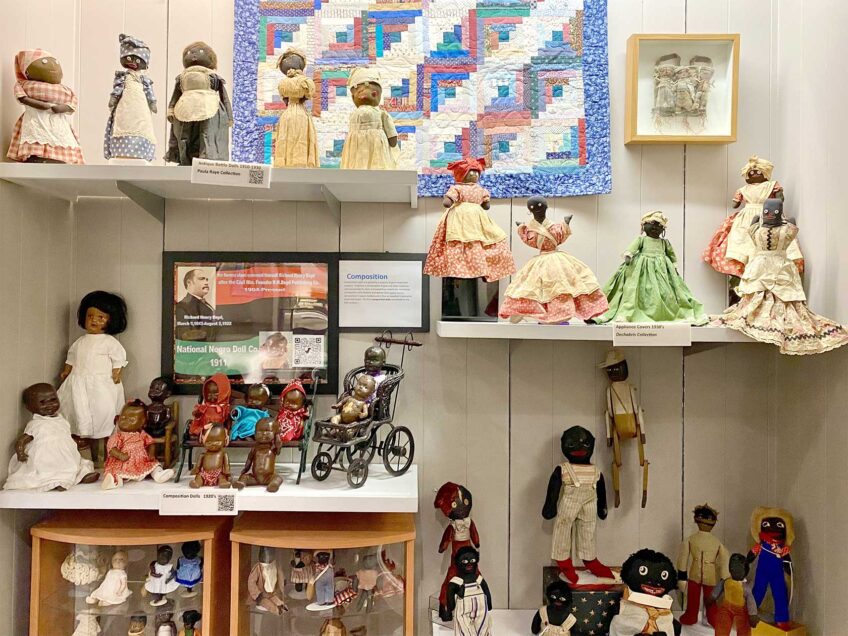Walk in our shoes
African American History Trail sheds light on past

Every Saturday, an intimate group of tourists and locals gathers at the Robert Gould Shaw monument for the start of the African American History Trail tour. Guided by rangers from the National Park Service Boston African American National Historic Site (BOAF), the tour winds through Beacon Hill, stopping at spots of historical significance in the fight for racial equality. The tours run three times per day for 90 minutes apiece and are free and open to the public.
The Shaw memorial is an important starting point. The bronze, deep relief sculpture by Augustus Saint-Gaudens depicts the 54th regiment fighting for the North in the Civil War. The 54th was an African American regiment that bravely served despite being mistreated and underpaid. Gaudens was famous for his equestrian memorials, but this project was a different undertaking from his usual work. He collaborated with General Shaw’s mother on an accurate depiction of the scene, and his highest priority was depicting the African American soldiers accurately and without caricature.
The result is a stunning portrait of a groundbreaking group of soldiers who caused a turning point in the North’s fight for emancipation. Gaudens incorporated a number of symbolic features into the piece, including a pinecone on the bottom left corner that references the pinecone on the State House across the street. A floating figure above the soldiers represents a peaceful, sleeplike death, a nod to those who died in the battle, and the laurels she wears signify the ultimate victory of the war.
Railway stops
From the Shaw memorial the tour travels to the African American Meeting House on Joy Street, stopping at several significant landmarks along the way. The North Slope of Beacon Hill was a hotbed of Underground Railroad stops and abolitionist meetings. Many of its inhabitants were African Americans working to free slaves in the South. The home of Lewis Hayden, the fourth stop on the tour, housed a number of famous escapees. After Hayden won his freedom he worked to help others making the transition, legally and otherwise. Tour guide Claire Schüler noted the irony of the present day NRA sticker on the home’s window. Hayden was famous for placing his guns in the windows to show he meant business.
Dr. Saundra Wall Williams took the tour while visiting Boston from North Carolina. Williams found the tour highly informative, and a nice tie-in with the rich holdings of the Museum of African American History, particularly “Picturing Frederick Douglass,” which she and her husband had come expressly to see. For locals, the tour is a reminder of the history that lives around the city. The 90-minute presentation goes surprisingly quickly, and features quintessential Boston views like the homes of Louisburg Square and the Boston Garden. Tours leave at 10 a.m., 12 p.m. and 2 p.m. every Saturday.


![Banner [Virtual] Art Gallery](https://baystatebanner.com/wp-content/uploads/2024/04/Cagen-Luse_Men-at-store-e1713991226112-150x150.jpg)

![Banner [Virtual] Art Gallery](https://baystatebanner.com/wp-content/uploads/2024/04/Cagen-Luse_Men-at-store-e1713991226112-848x569.jpg)

